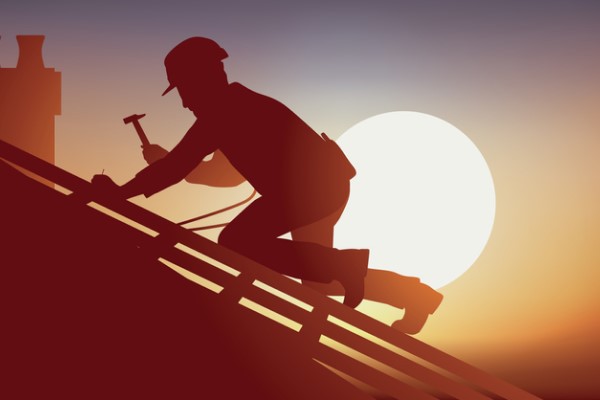Essential tips to ensure your team’s safety this summer season
As Australia approaches the peak of summer it’s important to understand the health risks associated with outdoor work, particularly the risk of skin cancer from prolonged UV exposure. This is particularly important for those working in the building and trade industry.
Around 95 to 99% of skin cancers are attributed to overexposure to UV radiation, making it the most diagnosed cancer in young adults aged 15 to 40 years. In Australia alone, skin cancer results in over 2,000 deaths annually.
ADVERTISEMENT
Implementing effective protection strategies for your employees is not just a legal responsibility, but the right thing to do.
Exposure to a UV index of three or above can damage unprotected skin. Since UV damage is cumulative, consistent protection is necessary throughout the year, especially for those who spend extended periods outdoors.
Whenever feasible, move work indoors or to shaded areas and, if working under the sun is unavoidable, consider erecting temporary shade marquees. It’s also important to be aware of the levels of UV radiation which is done by utilising tools like the SunSmart app or the Bureau of Meteorology website for daily UV information.
Aligning indoor tasks with peak UV hours (midday) and scheduling outdoor work for mornings or late afternoons is highly recommended while rotating outdoor staff duties will minimise prolonged UV exposure for any individual.
To regularly educate your employees about UV risks, distributing informative resources from credible organisations like the Cancer Council will maintain awareness around the dangers of UV radiation, early detection of skin cancers and preventive measures.
It’s also important to implement extra breaks during extreme heat. Union guidelines dictate that at 32°, employees should get out of direct sunlight and, at 35°, work should cease and employees should go home.
Personal Protective Equipment (PPE) and Clothing and regular skin checks
For clothing, ensure all outdoor staff wear sun-protective clothing, including long sleeves, collared shirts and long trousers. Hats should be broad-brimmed or legionnaire-style hat is essential for shading the face, neck and ears. For those requiring hard hats, use attachments that offer similar protection.
Provided sunscreen should be SPF 30 or higher, broad-spectrum and water-resistant. Employees also should be advised to apply sunscreen 20 minutes before outdoor exposure and reapply every two hours.
Eye protection can be encouraged by wearing close-fitting, wrap-around sunglasses that meet AS/NZS 1067. For prescription glasses wearers, fit-over sunglasses should be considered.
Overall, encourage employees to regularly check for skin abnormalities and consult a doctor if any concerns arise. Free resources on skin self-examination are available from the Cancer Council.
The safety of your employees should be a top priority. By implementing these strategies, you not only comply with health and safety regulations but also demonstrate a commitment to your team’s well-being.
NECA Victoria’s Safety Services:
NECA’s range of safety services is designed to support companies in achieving compliance and maintaining a safe work environment. NECA’s offerings include:
- On-the-spot safety questions answered: Give their Safety Team a call for answers to your questions.
- Safety Consulting Services: Their experts provide personalised guidance to ensure your business is compliant.
- Toolbox Talks: NECA delivers a range of toolbox talks to save you time.
- Training and Education: Their programs equip work teams with the knowledge and skills needed to navigate potential hazards safely.
- HSEQ+ Management System: Their comprehensive system helps you manage health, safety, environment and quality seamlessly, ensuring a holistic approach to workplace well-being.
-
ADVERTISEMENT
-
ADVERTISEMENT


